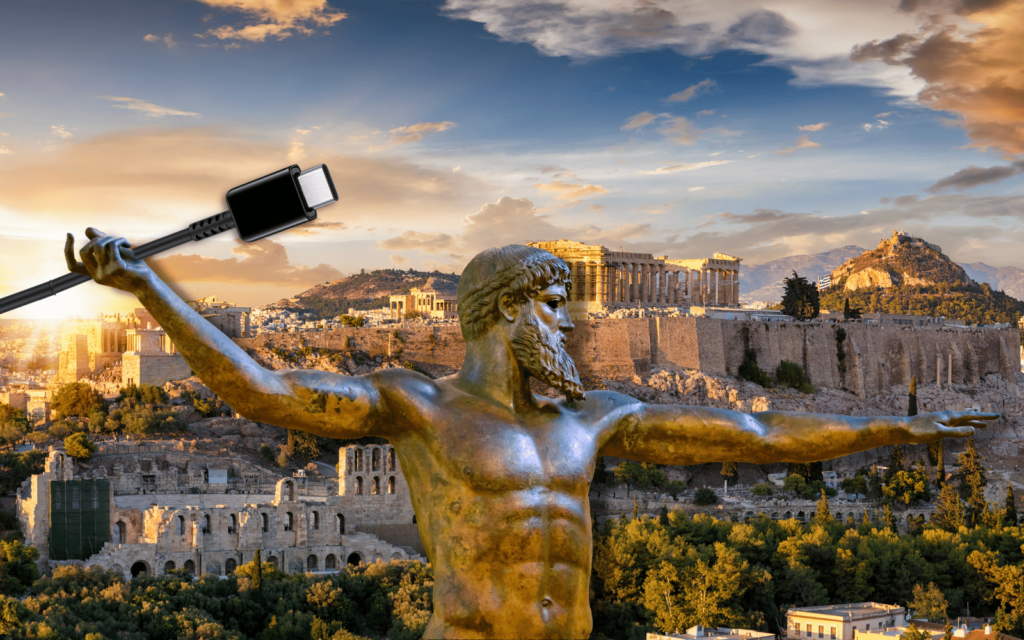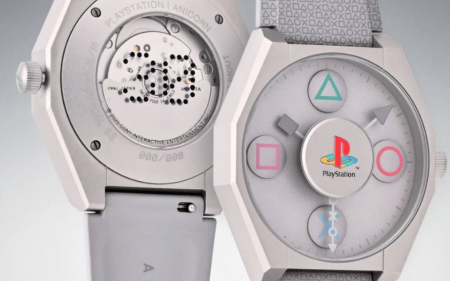You might have already heard that the European Union officially passed legislation to make the USB-C port mandatory for any electronic gadgets sold in Europe. This includes but is not limited to smartphones, laptops, tablets, e-readers, earbuds, digital cameras, headphones and headsets, handheld video game consoles, and portable speakers.
Essentially, if it’s sold in Europe and charges from a cable, that cable has to end in a USB-C connector.
The ruling, which you can read in full here, gave tech manufacturers a little over two years to comply with the changes needing to be completed by 28 December 2024. Laptop manufacturers have slightly longer to make the change.
Addressing the elephant-sized Apple
Most tech made these days already uses the USB-C port if they support wired charging, with one exception – Apple Inc.
Apple has been consistently vocal in its opposition to the law from the start saying to Reuters last year, “We remain concerned that strict regulation mandating just one type of connector stifles innovation rather than encouraging it, which in turn will harm consumers in Europe and around the world.”
Then, after the EU made the law official in June this year, Apple’s senior vice president of worldwide marketing Greg Joswiak and senior vice president of software engineering Craig Federighi appeared in an interview with the Wall Street Journal’s Joanna Stern on its Tech Live broadcast.
Read More: EU parliament decides USB-C is the way forward – officially
During the interview, when asked if Apple would be moving to USB-C, Joswiak gave the very well-trained and carefully worded answer “obviously we’ll have to comply. We have no choice as we do around the world to comply to [sic] local laws…”
Cue the barrage of articles about how Apple “confirms” a USB-C iPhone. But that isn’t technically true. At no point has anyone from Apple officially said they would make an iPhone with a USB-C port, only that they would comply with EU law.
Don’t solve the problem, remove it
That compliance could mean Apple swaps out its lightning port for USB-C, bringing the iPhone in line with the rest of its product stack. But there is another option. Why not just remove the physical port altogether?
The EU law only applies to devices that charge over a cable. Remove the port, ship MagSafe wireless chargers with the next few iPhone models – or sell them separately, something Apple is no stranger to – and be done with it. Apple was one of the first companies to ditch the headphone jack all the way back in 2017 so there’s definitely a precedent.
Although, that could prove to be too big of a move too quickly. Apple is a company that traditionally doesn’t like to rush things. Maybe it finds some ground somewhere in the middle with the next one or two iPhone models featuring the USB-C port while slowly making the transition to wireless charging a data transfer.




